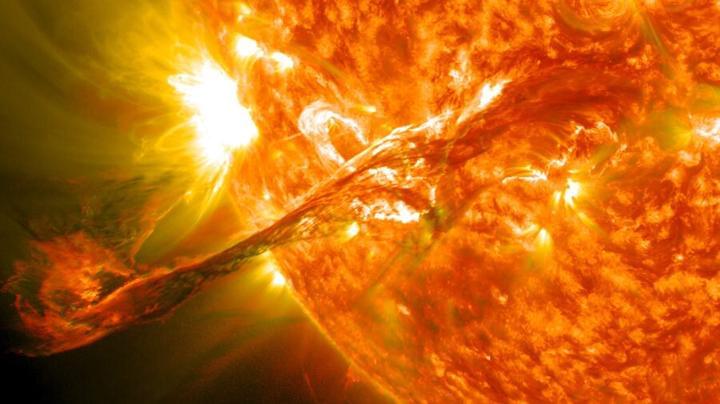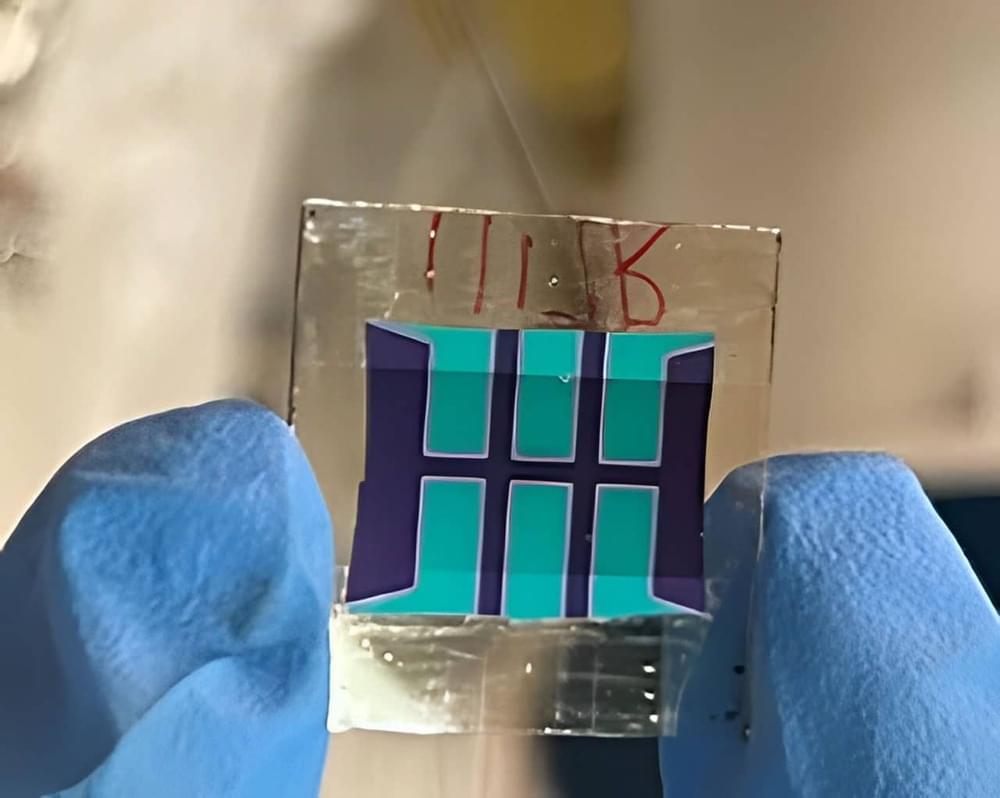To explore the trillions of worlds in our galaxy, we will need space probes far more sophisticated than any craft we’ve ever built, including the ability to…
Get the latest international news and world events from around the world.

How judges, not politicians, could dictate America’s AI rules
It’s becoming increasingly clear that courts, not politicians, will be the first to determine the limits on how AI is developed and used in the US.
Last week, the Federal Trade Commission opened an investigation into whether OpenAI violated consumer protection laws by scraping people’s online data to train its popular AI chatbot ChatGPT. Meanwhile, artists, authors, and the image company Getty are suing AI companies such as OpenAI, Stability AI, and Meta, alleging that they broke copyright laws by training their models on their work without providing any recognition or payment.

ChatGPT for Android launches next week
OpenAI is releasing the Android version of the app for ChatGPT next week after launching on iOS in May.
Since launching in November, OpenAI’s ChatGPT tool has reached a number of users at a rate that’s astounding for anything outside of Threads — now the company says it’s ready to release an app for Android.
The ChatGPT for Android app is launching a few months after the free iOS app brought the chatbot to iPhones and iPads.
In a tweet, the company announced ChatGPT for Android is rolling out next week without listing a specific day and linked to a preorder page in the Google Play Store where you can register to get it installed once the app is available.
But Bing’s AI app can bring GPT-4 to Android right now.

Biden Administration Secures Voluntary Commitments From AI Firms: A Step Forward Or Empty Rhetoric?
The Biden administration announced on Friday a voluntary agreement with seven leading AI companies, including Amazon, Google, and Microsoft. The move, ostensibly aimed at managing the risks posed by AI and protecting Americans’ rights and safety, has provoked a range of questions, the foremost being: What does the new voluntary AI agreement mean?
At first glance, the voluntary nature of these commitments looks promising. Regulation in the technology sector is always contentious, with companies wary of stifling growth and governments eager to avoid making mistakes. By sidestepping the direct imposition of command and control regulation, the administration can avoid the pitfalls of imposing… More.
That said, it’s not an entirely hollow gesture. It does emphasize important principles of safety, security, and trust in AI, and it reinforces the notion that companies should take responsibility for the potential societal impact of their technologies. Moreover, the administration’s focus on a cooperative approach, involving a broad range of stakeholders, hints at a potentially promising direction for future AI governance. However, we should also not forget the risk of government growing too cozy with industry.
Still, let’s not mistake this announcement for a seismic shift in AI regulation. We should consider this a not-very-significant step on the path to responsible AI. At the end of the day, what the government and these companies have done is put out a press release.

Apple Engineers Building ChatGPT Clone, But Execs Unsure Of Launch
Apple is secretly developing its own generative AI tools to challenge OpenAI’s GPT and other language models like Google’s Bard, reports Mark Gurman of Bloomberg News. Internally dubbed “Apple GPT,” the company’s ChatGPT clone is already being used by some employees for work tasks.
Gurman reveals that a cross-functional collaboration is underway at Apple, with teams from AI, software engineering, and cloud infrastructure working together on this covert project. This initiative is driven by concerns within Apple that its devices may lose their essential status if the company lags behind its competitors in AI.
AI has been a component of Apple’s devices for years, primarily operating behind the scenes to enhance photo and video quality, and to power features such as crash detection. More recently, Apple has begun to introduce AI-powered enhancements to its iOS.

I Used Generative AI To Create A Synthetic Self And You Can Too
Generative AI has been front and centre of the news for the last nine months and attention is often on existential risks, copyright claims or suspicions around deepfakes. However, there are a growing number of more positive ways it can be integrated into businesses.
One of those areas is customer service. The Samsung Neon people were a good example of what could be achieved with embodied AI. Samsung created an impressive suite of customer service agents whose profiles could match those of customers in need of help.
I wanted an avatar that was a bit ‘uncanny’, so that it had some resemblance to my real physical self but looked quite artificial too.

Scientists Are Confused Why The Sun Is Strangely Heating Up
It’s fair to say that the sun is one of the most-studied features in all of the cosmos, and because of that, you might expect that it’s easy to predict what it will do next. However, recent unexpected sun activity has surprised scientists and confirmed yet again how difficult it can be to predict what this cosmological phenomenon will do next.

James Webb Space Telescope makes 1st detection of diamond-like carbon dust in the universe’s earliest stars
The James Webb Space Telescope has detected the earliest-known carbon dust in a galaxy ever.
Using the powerful space telescope, a team of astronomers spotted signs of the element that forms the backbone of all life in ten different galaxies that existed as early as 1 billion years after the Big Bang.
The detection of carbon dust so soon after the Big Bang could shake up theories surrounding the chemical evolution of the universe. This is because the processes that create and disperse heavier elements like this should take longer to build up in galaxies than the age of these young galaxies at the time the James Webb Space Telescope (JWST) sees them.
Timelapse of Future BIOTECHNOLOGY
What happens when humans begin combining biology with technology, harnessing the power to recode life itself.
What does the future of biotechnology look like? How will humans program biology to create organ farm technology and bio-robots. And what happens when companies begin investing in advanced bio-printing, artificial wombs, and cybernetic prosthetic limbs.
Other topic include: bioengineered food and farming, bio-printing in space, new age living bioarchitecture (eco concrete inspired by coral reefs), bioengineered bioluminescence, cyberpunks and biopunks who experiment underground — creating new age food and pets, the future of bionics, corporations owning bionic limbs, the multi-trillion dollar industry of bio-robots, and bioengineered humans with super powers (Neo-Humans).
As well as the future of biomedical engineering, biochemistry, and biodiversity.
_______
Created by: Jacob.
Narration by: Alexander Masters (www.alexander-masters.com)
Modern Science Fiction.

Bifacial solar cells could produce more energy at lower costs
According to scientists at the U.S. Department of Energy’s National Renewable Energy Laboratory (NREL), a bifacial perovskite solar cell holds the potential to produce higher energy yields at lower overall costs.
The bifacial solar cell captures direct sunlight on the front and reflected sunlight on the back. As a result, this type of device can outperform its monofacial counterparts, according to the new study.
“This perovskite cell can operate very effectively from either side,” said Kai Zhu, a senior scientist in the Chemistry and Nanoscience Center at NREL and lead author of a new paper.